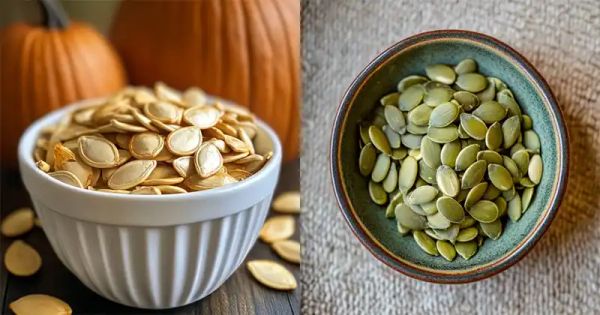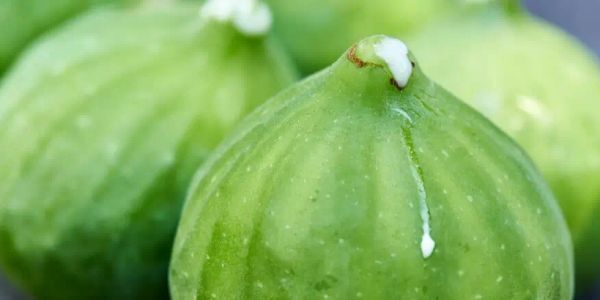
Homemade yogurt is not just a delicious addition to your daily meals; it’s a journey into the art of patience and precision. For those who cherish the simplicity and natural taste of plain yogurt, making it at home can be a rewarding experience. Whether you’re a seasoned yogurt maker or new to this culinary craft, here are six tips that might surprise you and elevate your homemade yogurt to new heights of creaminess and flavor.
1. Choosing the Right Milk
The foundation of your yogurt is, undoubtedly, the milk. While any milk will do, the secret to exceptionally creamy yogurt lies in not shying away from fat. Whole milk will give you the richest texture and flavor. For an extra luxurious touch, consider mixing in a small amount of cream.
2. The Low Heat, Slow Incubation
One of the keys to achieving that perfect texture is gentle, prolonged heat. After heating your milk, let it incubate at a low temperature for a longer period. This slow process allows the bacteria to work thoroughly, ensuring your yogurt sets well and develops a deep, tangy flavor. An oven with just the light on, a warm spot in your kitchen, or a yogurt maker can provide the ideal gentle warmth.
3. Non-Metallic Utensils and Containers
When making yogurt, the choice of materials matters. Use non-metallic utensils and containers for mixing and storing. Metal can react with the yogurt’s acidity, affecting the flavor and texture. Glass, plastic, or ceramic containers are your best bets for creamy, delicious results.
4. Adding a Dollop of Existing Yogurt
The quality of your starter culture significantly influences your yogurt’s outcome. For the best results, use a tablespoon of store-bought natural, plain yogurt with live cultures, or save some from your previous batch. Ensure the starter is at room temperature before mixing it with your warm milk to encourage even fermentation.
5. Wrap It Up
To maintain the perfect incubation temperature, wrap your container in a thick towel or blanket. This insulation keeps the warmth steady, helping your yogurt develop the right consistency and preventing it from setting too quickly or unevenly.
6. Patience Is Key
Finally, the hardest part of making yogurt might just be the wait. Resist the temptation to check on your yogurt too frequently. Let it sit undisturbed during the incubation period. The longer it ferments, within reason, the thicker and tangier it will become. After it has set, a chill in the refrigerator will further solidify its texture and enhance its flavor.
Embrace these tips, and your homemade yogurt will not only be a testament to your culinary skills but also a healthier, preservative-free choice. Enjoy the process, and savor the creamy, tangy goodness of your very own natural and plain yogurt!




